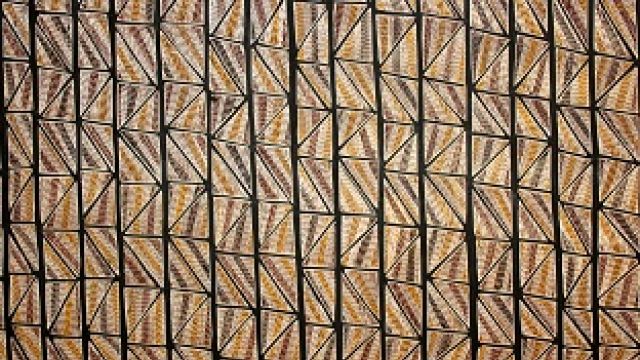Changes to the size and geographic location of the Indigenous population, 2011 – 2016: Findings from the Census of Population and Housing

This seminar provides an overview of the changing size and spatial distribution of the Indigenous population of Australia, comparing the results of the 2011 and 2016 censuses. The paper summarises four key aspects of the intercensal change:
a) the growth in the estimated population of Indigenous Australians;
b) the changing geographic distribution of Aboriginal and Torres Strait Islander persons;
c) the spatial mismatch between demographic projections from the 2011 census and 2016 census counts; and
d) The potential for identification change to confound changes in socioeconomic outcomes.
We show that the Indigenous population grew rapidly between 2011 and 2016, reaching around 3.3 per cent of the total population estimate, or 786,689 persons, due to a combination of natural population growth and changing patterns of identification. Both aspects of growth were concentrated in more urban parts of the country, especially coastal New South Wales and South-East Queensland. We suggest that care needs to be taken when interpreting Indigenous population change between 2011 and 2016, due to both unexplained population growth and a substantial increase in the number of census records with no answer to the Indigenous status question. In particular, we suggest that identification change may lead to an apparent convergence in the outcomes between the observed Indigenous and observed non-Indigenous populations through time, without there necessarily being any improvement in the life circumstances of individual Indigenous Australians.
Biographies
Associate Professor Nicholas Biddle is a Senior Fellow at the Centre for Aboriginal Economic Policy Research (CAEPR) at the Australian National University (ANU) and Deputy Director of the ANU Centre for Social Research and Methods. He has a Bachelor of Economics (Hons.) from the University of Sydney and a Master of Education from Monash University. He also has a PhD in Public Policy from the ANU where he wrote his thesis on the benefits of and participation in education of Indigenous Australians. He previously held a Senior Research Officer and Assistant Director position in the Methodology Division of the Australian Bureau of Statistics.
Francis Markham is a Research Fellow at the Centre for Aboriginal Economic Policy Research at The Australian National University where he carries out research related to Indigenous policy. He has a disciplinary background in human geography, and has undertaken research on lands reclaimed by Aboriginal and Torres Strait Islander peoples under native title and various land rights regimes. This research sought to examine the extent, location and economic potential of these returned lands. Markham has also undertaken research on Indigenous population change and mobility. In general, his research aims to integrate critical geographic theory with quantitative methods, in particular the social applications of Geographic Information Systems (GIS). Markham's doctoral research examined the local impacts of poker machines in Australia.
Location
Jon Altman Room, Room 2145, Copland Building, 24 Kingsley Place, 2601 Acton,
Speaker
- Associate Professor Nicholas Biddle, Senior Fellow, CAEPR, Francis Markham, Research Fellow, CAEPR
Contact
- Tracy Deasey+61 2 6125 0587